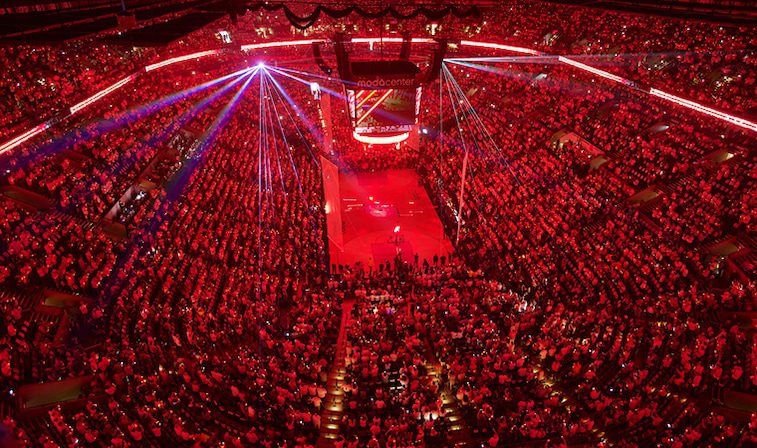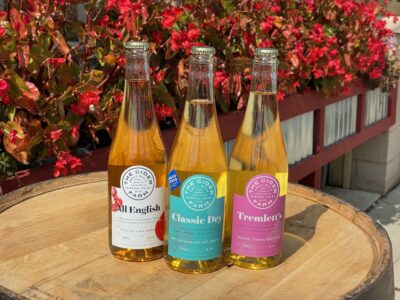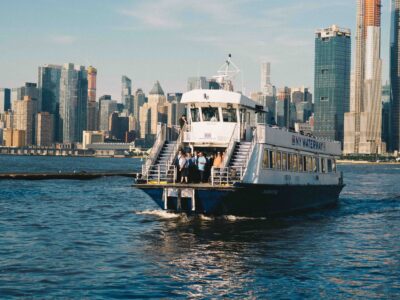Every basketball fan knows the importance of having a strong starting five. And that is what the Portland Trail Blazers put together when formulating its environmental agenda. The team’s “Live Greener” philosophy centers around waste, water, energy, food, and transportation.
In 2010, the Trail Blazers’ home (then called the Rose Garden) became the first sports venue to receive a Gold LEED (Leadership in Energy and Environmental Design) for a preexisting structure from the U.S. Green Building Council.
The USGBC recertified the Gold status in 2015 before awarding the arena (now called the Moda Center) with its highest honor, a Platinum LEED, in 2019. It was the first time a sports arena received this distinction. “Nine years ago,” Trail Blazers CEO and President Chris McGowan reflected in 2019, “we were the first existing arena to achieve LEED Gold status. We continue to innovate and develop our sustainable processes and procedures to provide a healthy, sustainable arena for our community.”
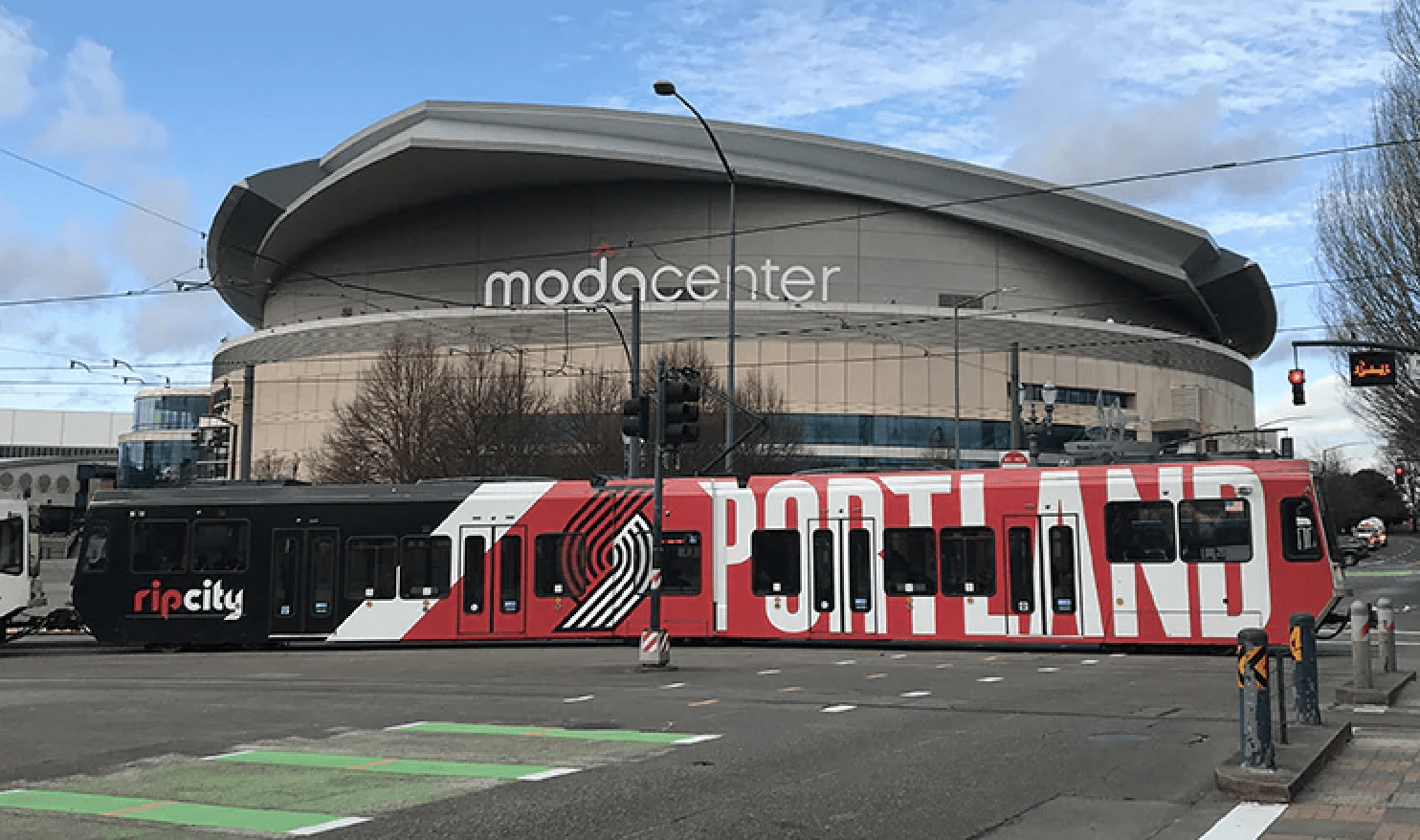
The Trail Blazers, who co-founded the Green Sports Alliance in 2011, had its first Zero Waste game in 2017. That year, the team raised its waste diversion to 87% (from 38% in 2008), and it annually diverts around 1.5 million pounds of waste from landfills.
Key to this improvement was the installation of GreenDrop Recycling Stations (made from recycled plastics) around the arena. After every game, the Trail Blazers’ Environmental Services team goes through the garbage bag and sorts out the recyclable and compostable materials.
The arena stocks compostable food service ware that, along with food waste, gets turned into soil and utilized around the Rose Quarters campus (where the Moda Center is located). It also purchases 100% recycled paper towels and toilet paper. Still, the most innovative program is upcycling old uniforms into pillows, fanny packs, neckties, and backpacks that are sold in the Trail Blazers’ team store at the Moda Center, which also sells the first compostable thundersticks.
Each year, 5,000-8,000 pounds of unserved food gets distributed to hungry children and families in need around Portland – over 30,000 meals have been served to those in need since 2014.
The team also focuses on serving local, organic, and hormone-free food at the Moda Center. Over half of its food and beverage comes from within 100 miles of the arena, and this is highly fresh and lowers the environmental impact. The sustainable menu is stocked with Salmon-Safe Certified beer options, cage-free eggs, and Marine Stewardship Council-certified seafood.
The Moda Center has used several methods to reduce water waste, such as installing low-flow toilets and fixtures, putting in drought-resistant landscaping and smart irrigation, and switching to eco-friendly cleaning products. Overall, the annual water/event-day-person rate dropped by nearly 40%; the figure represents over 3.5 million gallons each year, or ten 10-feet deep swimming pools the size of the Trail Blazers basketball court.
The team’s water sustainability campaign also has included several community-minded programs. In 2017, the Trail Blazers restored more than 1.4 million gallons of water to Oregon rivers and streams through its Change the Course Texting campaign.
The team also replenishes these endangered waterways by buying Water Restoration Credits (equivalent to a gallon) for every gallon of water used at the Moda Center. The team has supplied more than 30 miles of Oregon rivers with almost 500,000 million gallons of water through off-sets.
Another initiative involved planting 800,000 trees and shrubbery to improve water quality and habitat conditions along Oregon’s Willamette River. In partnership with Friends of Tree and Daimler Trucks, the Trail Blazers’ popular Threes for Trees campaign plants three trees around Portland for every team’s three-point shot. More than 2,700 trees have been planted during the 2020/21 season alone, and nearly 37,000 trees over the past half-dozen seasons.
Since 2008, the Trail Blazers has decreased its carbon footprint/event-day-person by 25%, even with an increase in arena events and operations. Energy-efficient upgrades included occupancy-sensored and human-centered lighting, an extensive venue management system, LEDs outside and inside the arena, a modernized cooling system, and other HVAC improvements.
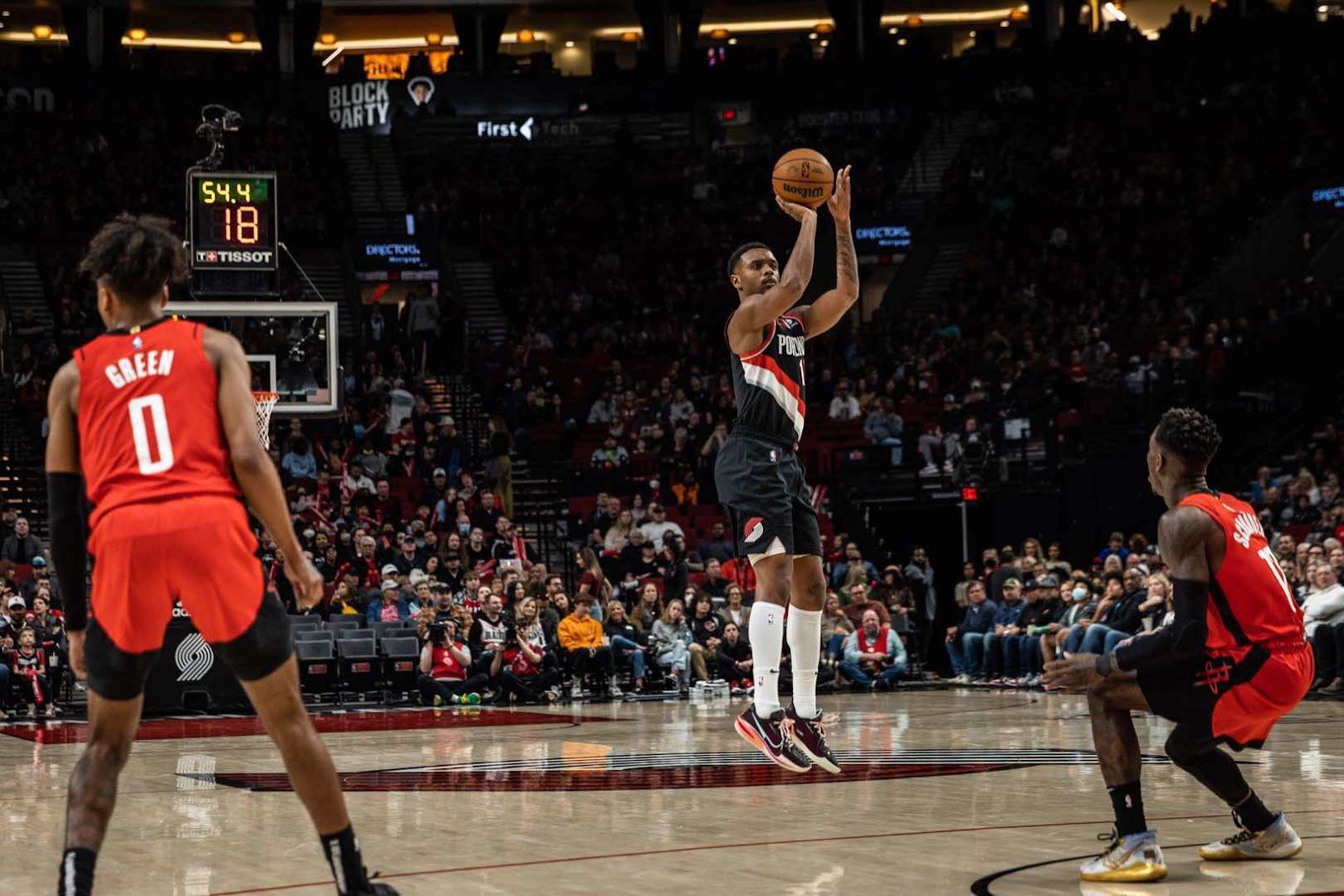
It was in 2008 that the team also began purchasing Renewable Energy Credits (REC)
that matched 100% of the arena’s annual electricity usage. Over the years, Portland has added enough renewable energy to power an electric vehicle over 30 million miles a year. A partnership with the Energy Trust of Oregon on 50+ projects has saved 4.3 million KWh in electricity; this equals cutting Greenhouse Gas Emissions by 7.2 million miles of passenger vehicle driving. The Moda Center also has reached 100% offset of natural gas usage too. These carbon offsets have gone to prevent deforestation in endangered woodland areas in Africa.
The Trail Blazers have concentrated on shifting their fans towards alternative transportation. The Rose Quarters has the largest concentration of EV charging spots in the state of Washington. They have worked with local authorities to coordinate gameday public transit operations. Besides creating bike parking, the team also provides employees with bikes and hosts specific nights that encourage fans to ride bikes.
The team’s “Live Greener” philosophy extends out into the community too. Through its Trail Blazers Foundation’s Live Greener Grants, they support local environmental-related organizations. They have co-hosted several Green Days of Summer recycling events at the Fred Meyer grocery stores in the Portland area. At the same time, over a thousand people participated in the Trail Blazers’ 2019 Live Greener Challenge, a month-long program aimed to engage the public in living more sustainably. “Sustainability will be a crucial part of our culture,” stated the Trail Blazers’ Chris McGowan. The Trail Blazers’ master plan is to decrease its transportation impact in half, lower its carbon footprint/event-day-person by 15%, water/event-day-person by 10%, and become a Zero Waste facility by 2025. With all their trailblazing success so far, it is easy to imagine the team accomplishing these laudable goals.

